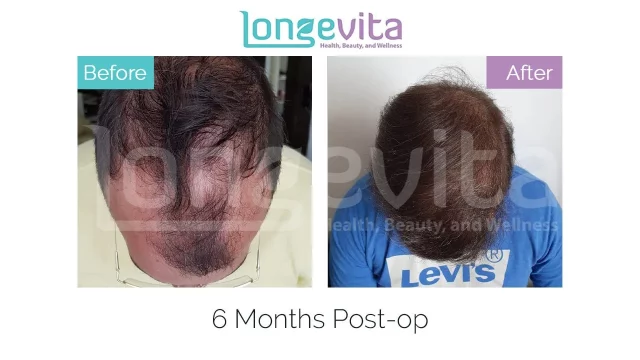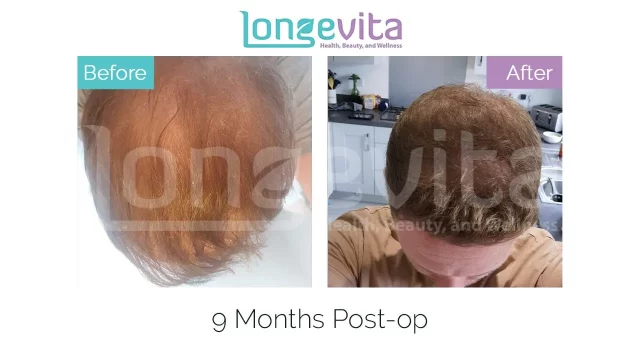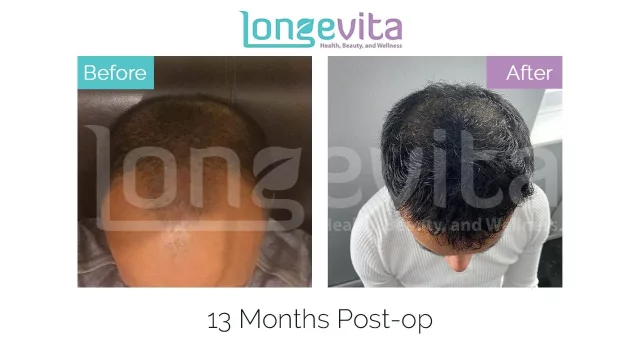Although not as commonly performed anymore, follicular unit transplant (FUT) was once a popular hair restoration surgery.
In this, the surgeon cuts out a strip of skin from the back/sides of the scalp to get follicular units for the balding (recipient) areas.
Many people wonder if the FUT Turkey hair transplant would be a better choice for them over follicular unit extraction (FUE).
Overview Of Follicular Unit Transplantation
In follicular unit transplantation (FUT), the surgeon cuts out a strip of skin from the donor area of the scalp.
The size of the strip depends on the number of hair grafts the patient needs.
In some cases, the size of the strip extends from ear to ear. The surgeon sutures or staples the wound, which is usually at the back of the scalp.
Stereomicroscopic dissection of the grafts takes place in FUT transplant surgery, with each follicular unit containing 1-4 hair follicles.
In this surgery, it is possible to implant a large number of grafts in one session. Therefore, it may be more convenient for those wanting to save time when getting hair transplantation.
However, FUT surgery can leave them with a permanent linear scar in the donor area.
Due to permanent damage to the hair follicles in the scar tissue, it’s not possible for the hair to grow naturally from the scar to camouflage it.
What Is The Cost Of FUT Hair Transplant In Turkey?
A FUT hair transplant in Turkey may cost you somewhere around £1,300-£1,500. Compared to the UK, it’s still much cheaper, where the same surgery can cost between £7,000 to £10,000.
Still, the cost of the surgery can vary depending on the location of the clinic and the experience of the surgeon.
In Turkey, it’s not cheap because the quality is poor. Surgical procedures are cheaper in Turkey than in the UK, US, or Europe because of the low cost of living and currency exchange rates.
Also, medical tourism is very a competitive industry in Turkey, which has further lowered the prices.
Clinics offer the maximum number of grafts, accommodation, transportation, translators, and aftercare services to patients with the procedure itself. So, they’re able to get a much better deal.
Who Can Have FUT Hair Transplant In Turkey & Why?
You are a suitable candidate for a FUT hair transplant if you are above the age of 25 and have:
- Androgenetic alopecia (female/male pattern baldness)
- Alopecia areata
- Traction alopecia
- Trichotillomania
- Congenital atrichia/hypotrichia
- Radiotherapy/chemotherapy-induced hair loss
- Permanent hair loss from physical trauma
- Scarring alopecia
Many people get confused between FUE hair transplant and FUT.
Your hair transplant surgeon may recommend FUT if you need a large number of hair grafts, around 4,000, in one session.
Moreover, if you have a weak donor area (poor hair density & quality) with extensive baldness (especially a receding hairline), you may be better suited for follicular unit transplantation. That’s because of the high yield of viable hair grafts.
However, before determining if you’re a suitable candidate for FUT, the surgeon will assess the skin laxity.
Loss of collagen and elastin with age will make your skin sag. In FUT transplants, it can mean the widening of the scar after the surgery as time goes on.
This can leave a patient unsatisfied with the results of their hair transplant. So, in particular, it’s not suitable for older patients.
Moreover, if you plan to cut your hair short in the future, you should keep in mind that the linear scar from the FUT may be visible.
Am I Suitable For Hair Transplant?
What To Think About Before You Have FUT Hair Transplant In Turkey
Before choosing the surgeon for your hair transplantation, make sure to ask the following questions:
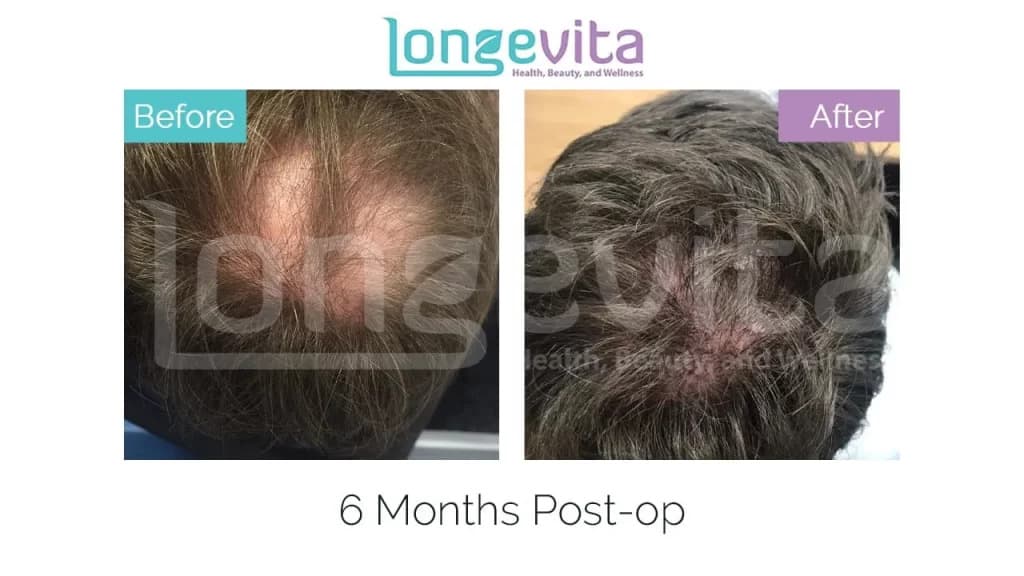
- What are the qualifications, certifications, licensing, and training of your surgeon? Are they board-certified?
- What is the doctor’s experience with FUT surgery?
- For how long has the surgeon performed FUT? Can you see the patient portfolio?
- Is FUT transplant the best treatment option for you? Does it have any alternatives?
- What are the complication and reoperation rates for FUT hair transplants?
- What kind of aftercare can you expect after the surgery?
- Is the surgical facility accredited and registered with a healthcare authority?
- Does the surgeon performing your surgery have medical liability insurance?
- What is the overall success rate of FUT transplants?
How Best To Prepare For FUT Hair Transplant In Turkey
Before your FUT hair transplant in Turkey, you need to do the following things:
- Discontinue anticoagulants and supplements 10 days and 7 days before the surgery, respectively, to mitigate the risk of bleeding. For the same reason, avoid alcohol and recreational drugs 3 days before surgery.
- Get written consent from your cardiologist if you have heart problems.
- Do not cut your hair 2 weeks before surgery.
- Stop smoking and consuming other tobacco products 1 week before your hair transplant.
- Make sure to wash off any hair product and remove any hair system before coming in for your surgery.
- Inform the doctor about any active medical treatments that you’re on.

What Is The Procedure For FUT Hair Transplant In Turkey?
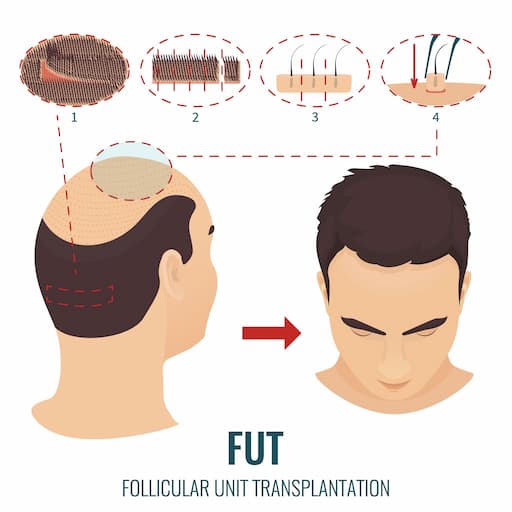
In FUT, first, the surgeon identifies the suitable donor area for excision.
Usually, the size of the strip is 1-1.5cm. However, it depends on the total number of grafts needed to cover the thinning hair/bald spots with the desired density.
Then the donor area is shaven to around 2mm. The surgeon injects local anaesthesia to make the surgery pain-free.
Using a scalpel, the surgeon will cut out the demarcated piece of skin about 4-5mm in thickness.
After that comes graft slivering under stereo-microscopes, where a technician cuts the strip into 2mm wide pieces.
The dissecting microscope decreases the transection rate of the grafts. These are further cut down into individual follicular units, which are then stored in an isotonic saline solution.
As the technicians are doing so, the surgeon is performing the other steps in the FUT operation; the donor site gets sutures/staples. This kind of hair removal can cause visible scarring.
After the extraction comes implantation, where the surgeon makes small incisions in the recipient site for placing individual hair follicles.
FUT is less time-consuming than FUE, taking around 4-6 hours. For this reason, FUT is cheaper than FUE.
The surgical time may vary between patients depending on how many grafts they need.
Book A Free Consultation With Our Patient Consultants
We offer free consultations for patients across the UK & Ireland, so you can discuss your individual requirements with our specialists. Book A Free Consultation With Our Patient Consultants Today.
Recovery And Results Of FUT Hair Transplant
FUT is an outpatient procedure. It is common to experience pain, bleeding, and bruising after hair transplant surgeries.
However, you may feel more pain after a FUT surgery due to the skin suturing/stapling.
It may also result in a feeling of tightness in the head. Your surgeon will prescribe painkillers to manage it.
You may have to visit the clinic the next day for a check-up appointment.
Also, you have to stay in Turkey for around two weeks after the hair transplant because the surgeon has to remove the sutures. Make sure to rest for 2-3 days after this surgical procedure.
A few weeks after the FUT hair transplant, you may lose your hair due to telogen effluvium.
This “shock hair loss” occurs because of the trauma from the FUT treatment. You will have completely natural-looking results in a year or so.
Aftercare Of FUT Hair Transplant
After the hair transplant, make sure to keep your head elevated to reduce swelling.
You should also put cushions before the bed’s headboard so that you don’t accidentally hit your head there.
Other than that, keep out of the sun, gym, swimming pool, sauna, spa, or hot baths for at least a month after the FUT procedure.
During the initial weeks of the recovery period, the grafts are very delicate.
You can easily dislodge them. So, you have to be very careful when washing your scalp.
Do not try to scratch your wounds from the recipient or donor site.
Try to have a healthy lifestyle after the surgery for normal recovery.
Side Effects to Expect After FUT Hair Transplant
Following complications can arise after a FUT hair transplant:
- Visible scarring in the donor area
- Pain and discomfort
- Infection in the donor or recipient area
- Bleeding/bruising
What Could Go Wrong After FUT Hair Transplant?
You may not get your desired results with a FUT hair transplant in Turkey if you have poor skin laxity. You will not have natural-looking hair as you age.
Other than that, you may develop an infection in the transplanted area and/or the surgical wound at the back.
To reduce its risk, make sure to follow your surgeon’s aftercare instructions and take your antibiotics.
What To Do If You Have Any Problems After FUT Hair Transplant
If you’re experiencing a complication after your FUT hair transplant, immediately get in touch with the aftercare department by call or email.
Alternatives to FUT Hair Transplant
Since FUT hair transplants are fairly outdated, your doctor may recommend alternate treatments, such as unshaven hair transplants, DHI hair transplants, Afro hair transplants, or traditional or Sapphire FUE.
Your surgeon should guide you about the most suitable treatment options to meet your needs and expectations.
If you’re not suitable for a FUT because of a weak donor area, you can also consider scalp micropigmentation.
Other Procedures to Have with FUT Hair Transplant In Turkey
To improve the results of hair transplants, many patients get PRP injections after the surgery.
Not only can it promote healing, but it may also ensure a higher survival rate of the grafts. It can also improve hair growth in non-transplanted regions.
FAQ
Is FUT hair transplant better than FUE?
The difference between FUT and FUE is in the extraction of the follicles needed for hair restoration. FUT can cause visible scarring after the surgery. Since every person’s skin loses elasticity with age, the scar from FUT widens and negatively affects the results.
In contrast, FUE also leaves scars, but they’re barely noticeable. Skin laxity is also not a deterrent, so older patients can get this surgery, and they’ll have natural-looking results.
However, FUE is more expensive since it is more labour-intensive. Discuss the pros and cons of each surgery with your doctor before making your final decision.
Is FUT transplant permanent?
Yes, the results of the surgery are permanent. In people with pattern baldness, the donor hair is resistant to the effects of DHT (the hormone that causes hair loss). So, it won’t fall out in your lifetime.
Is FUT restoration surgery more painful than FUE?
FUT is a more invasive procedure than FUE since individual hair follicles are cut out from a piece of excised skin. You may have more postoperative pain following FUT because of the sutures in the donor area to close the skin.
Which parts of the FUT will be done by a doctor and which by a non-doctor?
The stereo-microscopic dissection of the hair grafts is done by technicians, while the surgeon makes incisions in the scalp for implantation.
Reviewed and Approved by Trichologist Yaprak Yazan.
